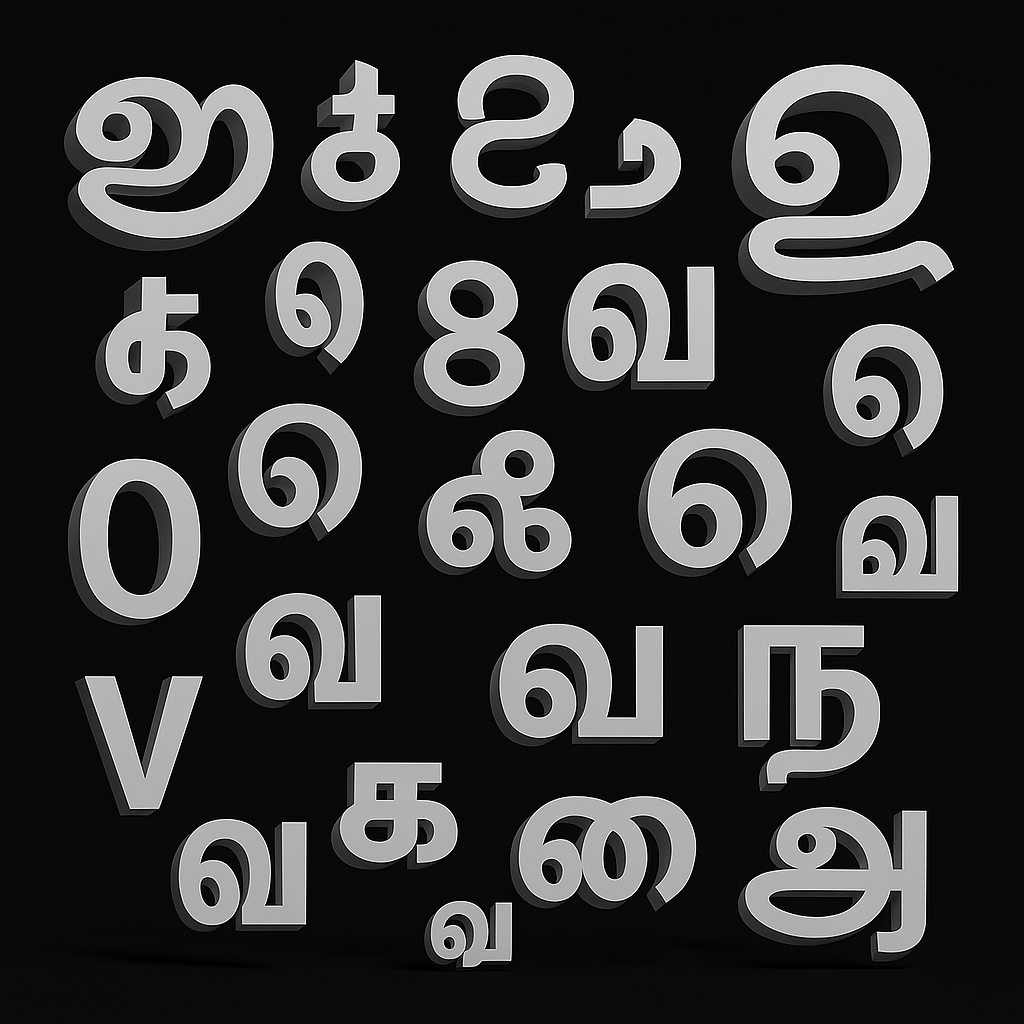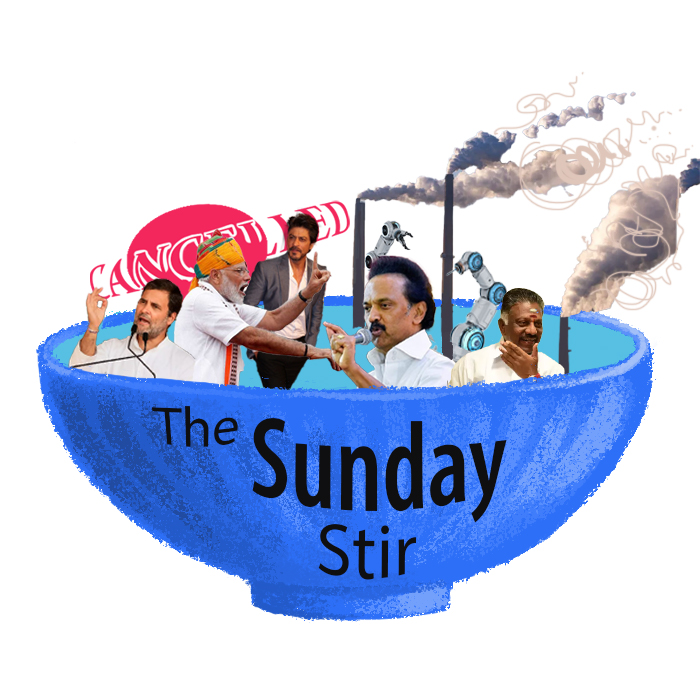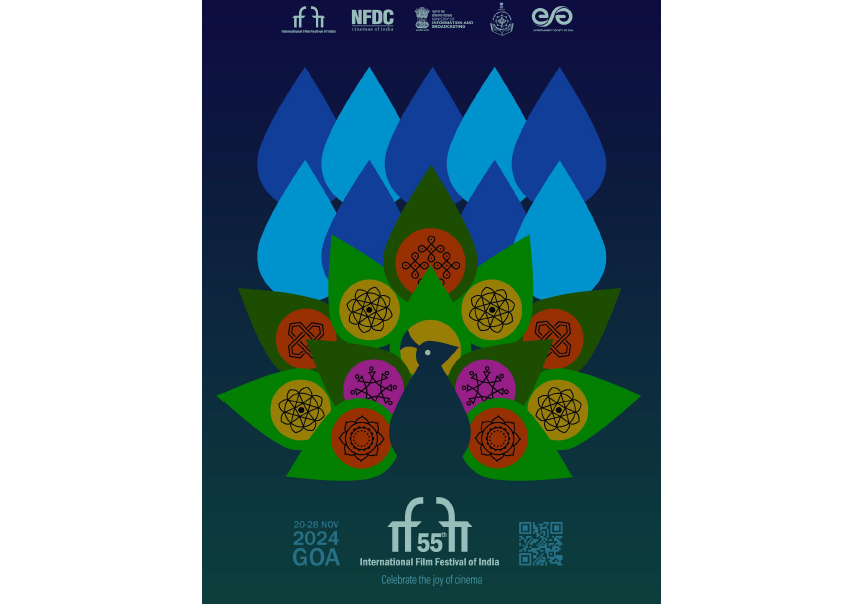Is Tamil the mother of Kannada? Or are they sisters or cousin-sisters or step-sisters or…?
The debate seems to be never-ending like the Cauvery dispute that rises like a phoenix whenever there is a bad monsoon in either Tamil Nadu or Karnataka. But, like the frivolous attempts to claim ownership of a river, fighting over the antiquity of a language and relationship between ancient languages is arguably just as foolish an attempt if not worse.
The literary traditions of South India’s Dravidian languages—Tamil, Telugu, Kannada, and Malayalam—form a rich mosaic layered across centuries as ample evidence suggests. Though these languages today speak with distinct voices, they share echoes of a common ancestral tongue: Proto-Dravidian, a prehistoric language that once coursed through the tongues of a lost civilization. The comparative study of these languages is not merely an exercise in linguistics, but a meditation on continuity, divergence, and the resilience of cultural memory.
Contemporary tongues of the ancient world
The concept of a Proto-Dravidian language rests on philological reconstruction, derived from shared phonological, morphological, and syntactic features among modern Dravidian tongues. Scholars such as Bhadriraju Krishnamurti (*The Dravidian Languages*, 2003) and Burrow and Emeneau (*A Dravidian Etymological Dictionary*, 1984) propose that Proto-Dravidian was likely spoken between 2500 and 1500 BCE, perhaps in the Indus Valley Civilization or adjacent regions. Though undeciphered, the Indus script may preserve traces of this proto-language. Moreover, linguistic imprints appear in early Indo-Aryan Sanskrit texts, suggesting deep and early contact.
With the arrival of Sanskrit, the classical Indo-Aryan tongue of the Vedas, around 1500 BCE, the Indian subcontinent saw the interaction of two fundamentally distinct language families. Sanskrit, with its inflectional grammar and flexible syntax, contrasted with the agglutinative, subject-object-verb structure of Dravidian languages. Yet, mutual influence was inevitable: Dravidian languages absorbed Sanskrit vocabulary and literary forms, while Indo-Aryan dialects assimilated Dravidian phonological features such as retroflex consonants.
From these roots, Tamil stands apart as the earliest Dravidian language to attain full literary expression. The *Tolkappiyam*, conservatively dated to between the 1st and 4th centuries CE, is a sophisticated treatise on grammar, poetics, and ethics, revealing a rich oral tradition already in place.
Kannada followed with inscriptions from the 5th century CE and its first major literary text, Kavirajamarga, in the 9th century. Jain influence played a significant role in shaping early Kannada literature. Telugu, too, has inscriptional records from the 6th century, with Nannaya’s 11th-century Mahabharata translation signaling its literary maturity.
Malayalam, the most recent of the four, diverged from Tamil around the 9th century CE. Early texts like Ramacharitam reveal its transitional character, while the Manipravalam tradition harmonized Sanskrit and regional idioms into a refined literary synthesis.
Literary flair and cultural significance
Each Dravidian language evolved a literary tradition reflecting its region’s spiritual, philosophical, and aesthetic temperament. Tamil literature, from the *Sangam* corpus to the Bhakti hymns of Alvars and Nayanmars, demonstrates a continuum of moral introspection and lyrical intensity. The *Thirukkural*, composed by Tiruvalluvar, remains a universal ethical beacon.
Kannada literature matured in concert with religious and philosophical currents. The 12th-century vachana movement, led by Basavanna and fellow mystics, pioneered a democratic, socially charged devotional poetry unmatched in its clarity and fervor.
Telugu literature reached its zenith under the Vijayanagara Empire. Poets such as Allasani Peddana and Tenali Ramakrishna composed epics that combined historical vision with imaginative brilliance. The Bhakti movement further democratized Telugu poetry, including voices such as Tallapaka Tirumalamma.
In Malayalam, literary refinement came through localization of classical forms. The 16th-century poet Ezhuthachan, hailed as the father of modern Malayalam, rendered Sanskrit epics in the regional idiom, broadening literary access. Later centuries saw an expansion into prose, social novels, and political literature.
Contemporary tongues of the ancient world
To grasp the emergence of South Indian languages within a broader frame, we must consider their contemporaries across the globe. Between 2500 and 1500 BCE, when Proto-Dravidian likely flourished, human civilization was developing written expression in diverse tongues.
In Mesopotamia, Sumerian and later Akkadian languages dominated early literature. Sumerian, a language isolate, gave rise to the *Epic of Gilgamesh*, one of the world’s earliest known literary texts. In Egypt, Old Egyptian hieroglyphs captured religious and funerary narratives such as the *Pyramid Texts*. Old Chinese, evidenced by oracle bone inscriptions during the Shang Dynasty (c. 1600 BCE), was taking form in East Asia.
On the Anatolian plateau, Hittite inscriptions record one of the earliest Indo-European languages. Meanwhile, Mesoamerican civilizations like the Olmec were beginning to rise, though their scripts remain largely undeciphered. In Greece, literary Greek would only emerge around the 8th century BCE with Homeric epics.
In this panorama of early human expression, Tamil stands uniquely as one of the world’s oldest living languages with a continuous literary tradition. Its classical corpus predates many of the canonical works of the West, establishing South Indian languages not as regional curiosities but as pillars of global literary heritage.
The literary histories of Tamil, Kannada, Telugu, and Malayalam are strands in a larger Dravidian lineage, rooted in the deep soil of Proto-Dravidian culture. They developed not in isolation but in dialogic relationship—with one another, with Sanskrit, and with the vast chorus of human language across continents and millennia. Each language bears the imprint of its geography, history, and people.
Their enduring vitality is not merely evidence of linguistic continuity but a profound affirmation of South India’s many-voiced imagination. In the long arc of world literature, the Dravidian languages speak not from the periphery but from the very center of humanity’s desire to shape meaning through sound, and time through word.
Sources
Bhadriraju Krishnamurti, The Dravidian Languages, Cambridge University Press, 2003
Thomas Burrow & Murray Emeneau, A Dravidian Etymological Dictionary, Oxford University Press, 1984
Michael Witzel, “Substrate Languages in Old Indo-Aryan,” Electronic Journal of Vedic Studies, 1999
Kamil Zvelebil, Tamil Literature, Brill, 1974
Jared Diamond, Guns, Germs, and Steel (on early linguistic dispersions)
Britannica.com: Dravidian, Indo-Aryan, and Ancient Languages entries
Edukemy.com: Dravidian literature notes
Wikipedia (language history and literary biographies)


